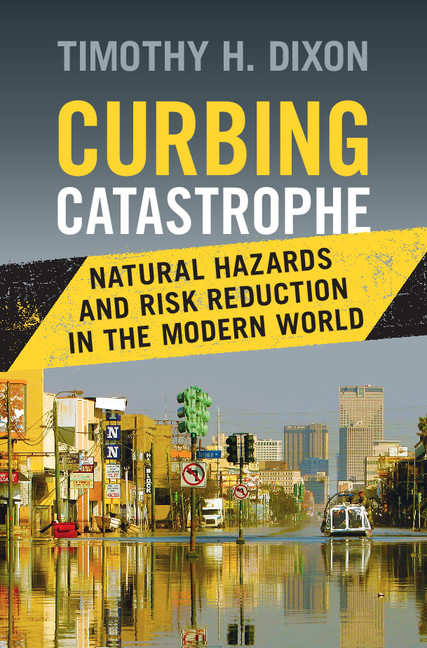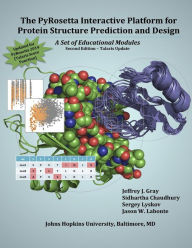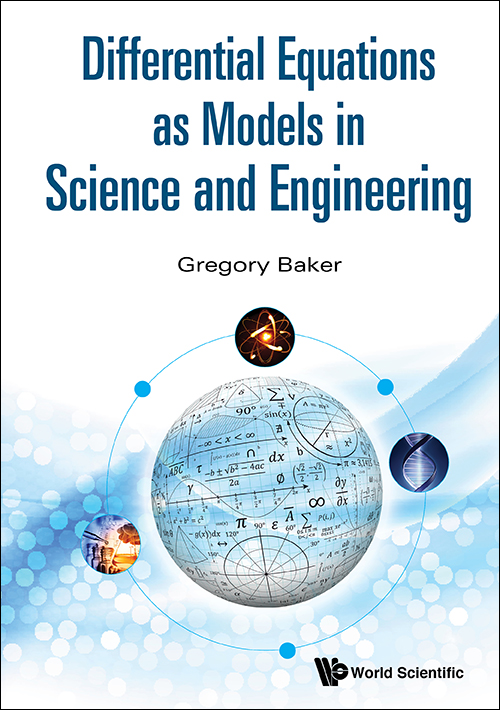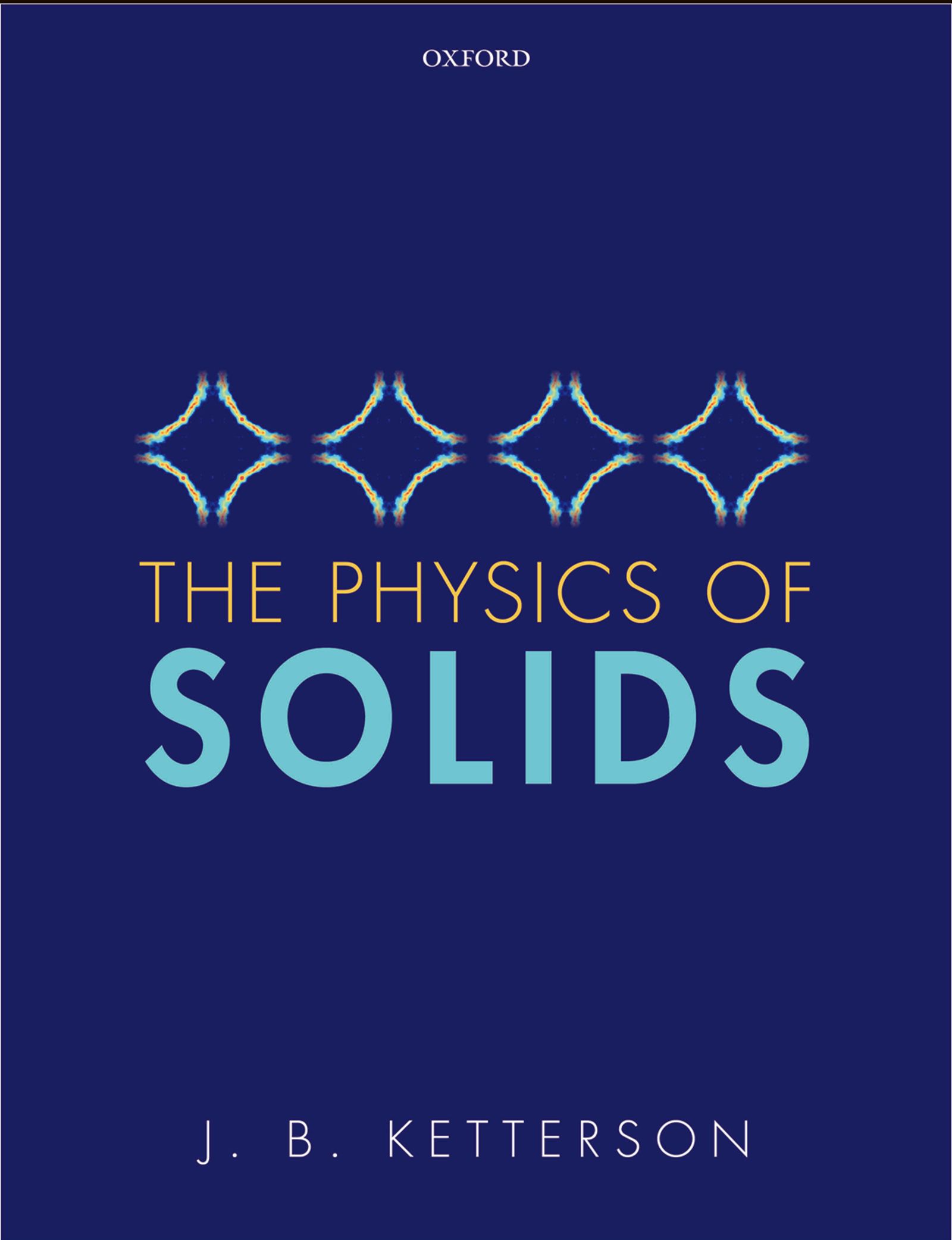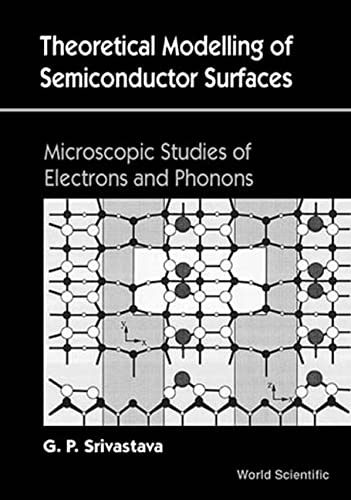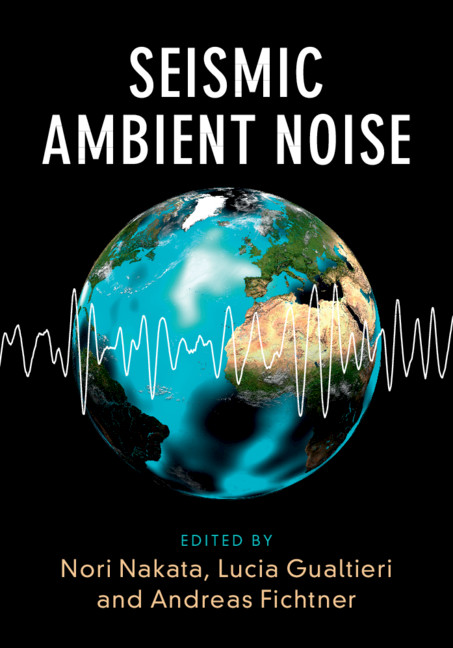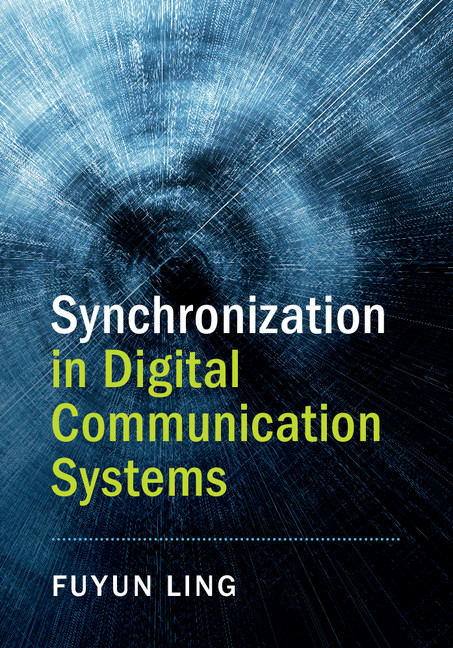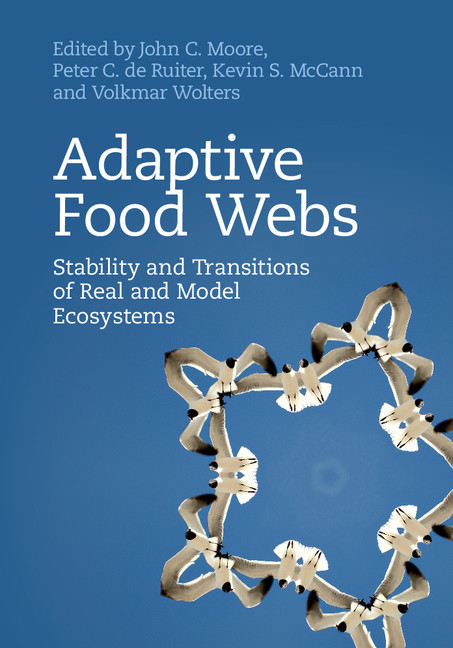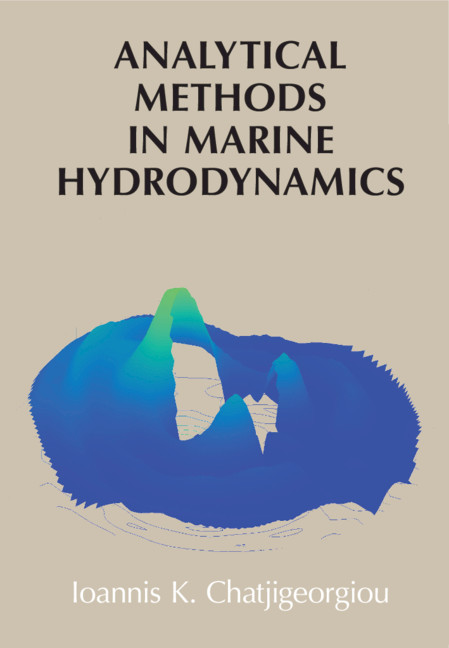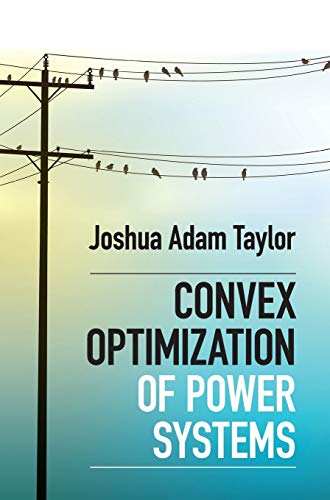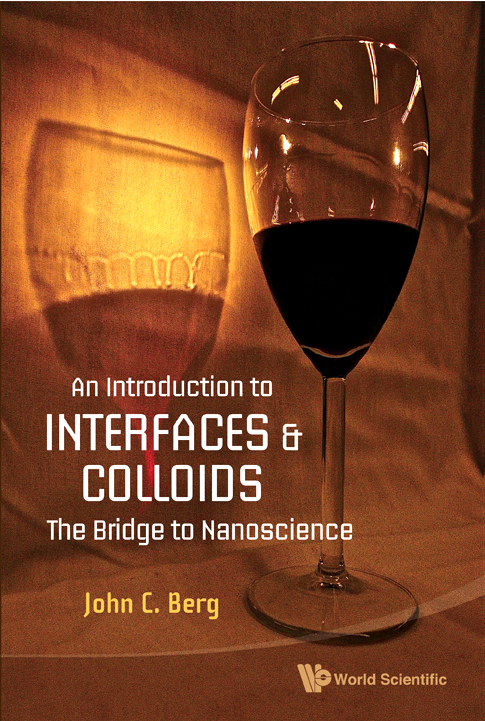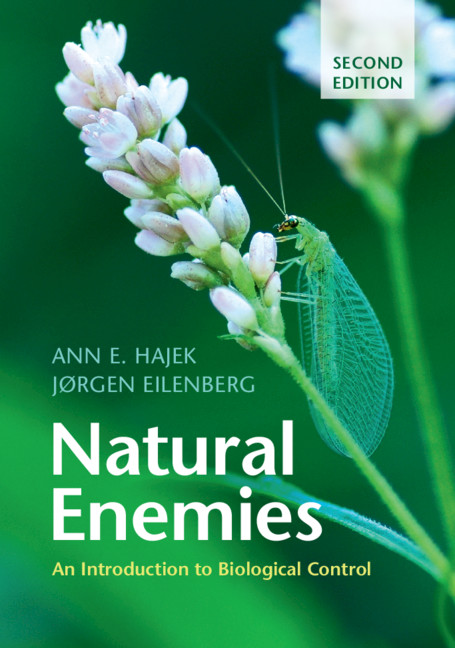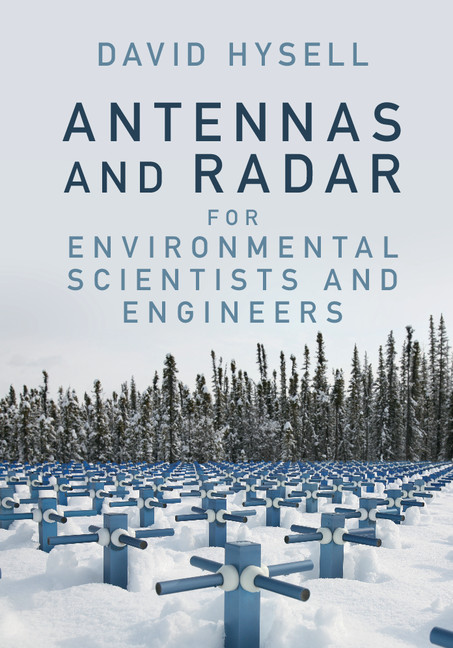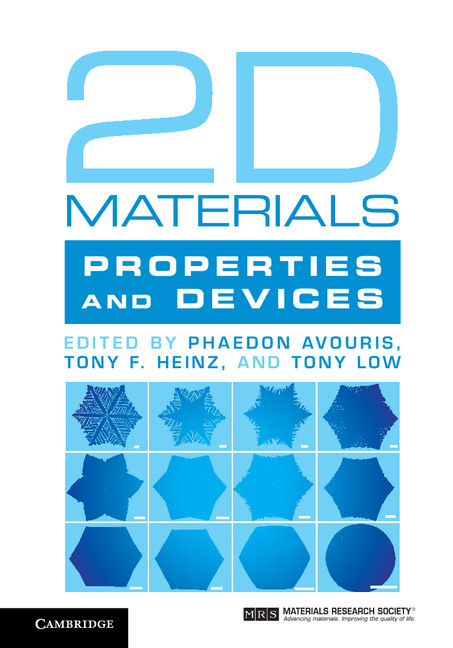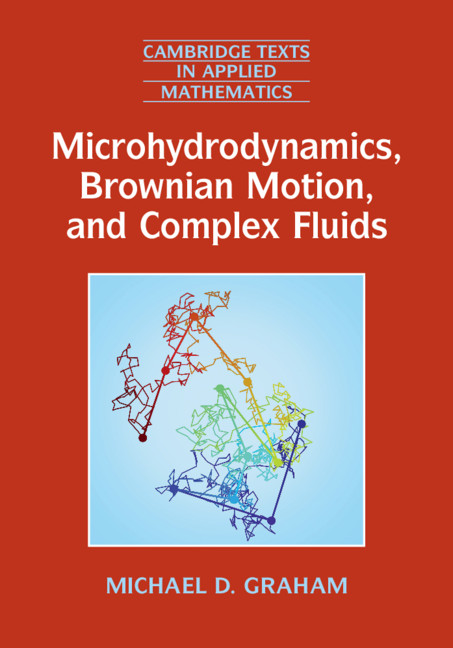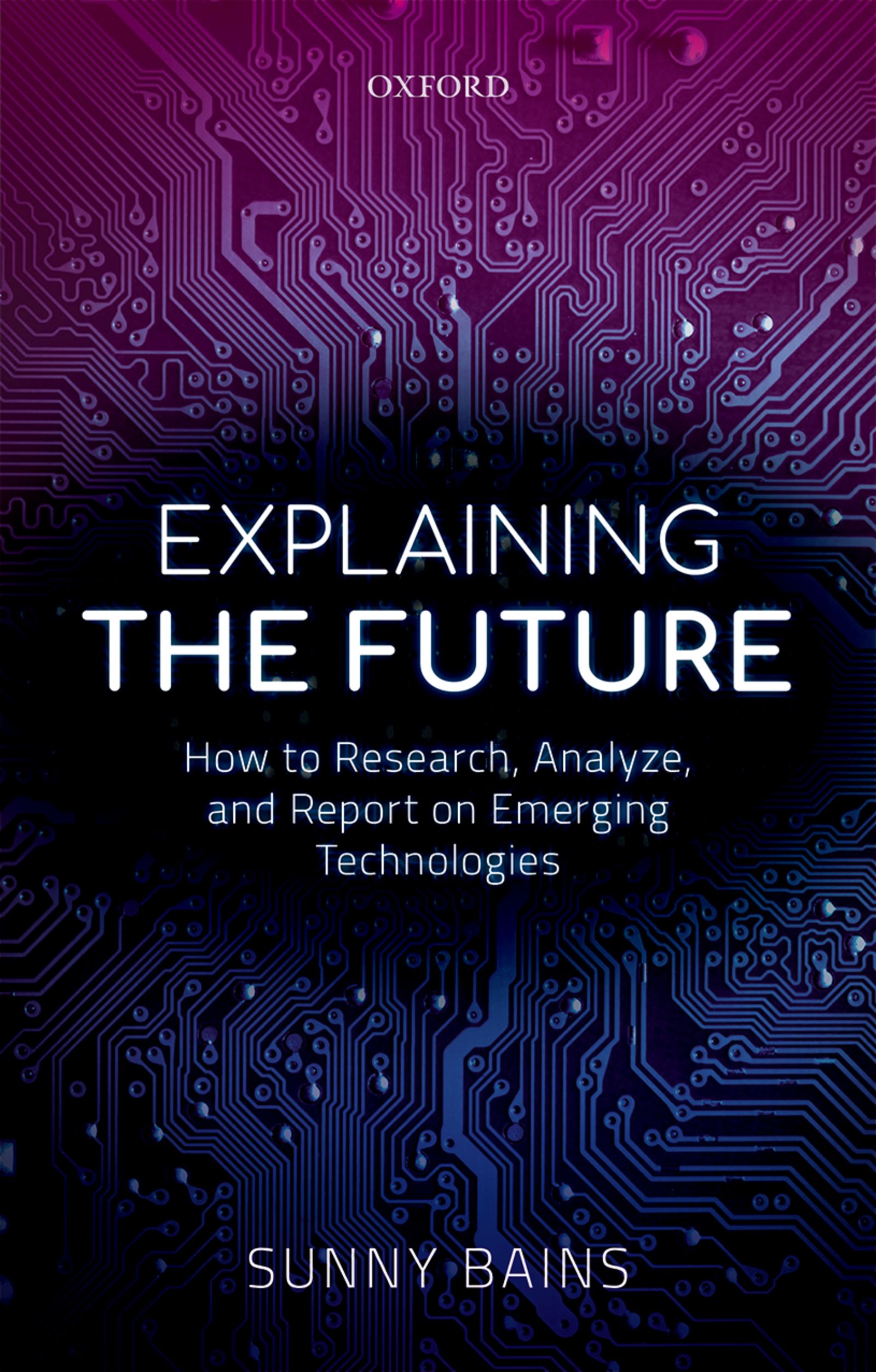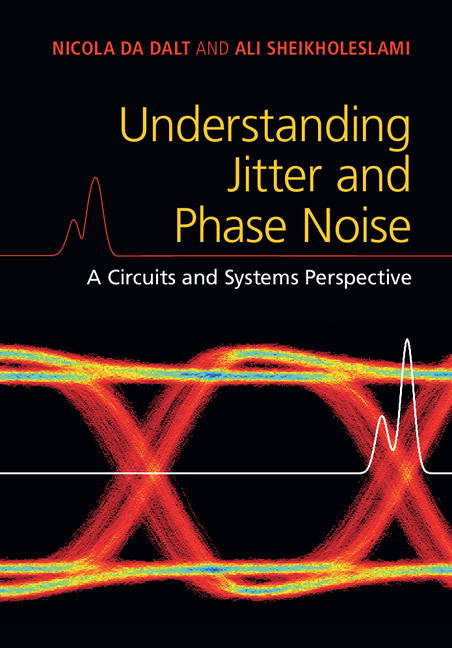WHO Guidelines for Indoor Air Quality
by WHO
2020-04-16 14:42:12
WHO Guidelines for Indoor Air Quality
by WHO
2020-04-16 14:42:12
Given the mixed history of success with past intervention projects and programmes and the fact that the 2.8 billion people still relying on traditional solid fuels are the world's poorest 40% it is clear that securing a rapid transition to clean effi...
Read more
Given the mixed history of success with past intervention projects and programmes and the fact that the 2.8 billion people still relying on traditional solid fuels are the world's poorest 40% it is clear that securing a rapid transition to clean efficient and modern household energy systems for cooking heating lighting and other household uses will be challenging. The overall objective of these guidelines is to inform and support governments and their implementing partners to bring about this transition as quickly and equitably as is feasible. The guidelines focus on the following three areas of policy: . What can realistically be done? This includes the development of a practical tool for selecting the best stove/fuel options based on their emission rates of key health-damaging pollutants. . How clean is clean enough? This examines the best approach for ensuring that during the transition from solid-fuel to cleaner burning fuels those who cannot make an immediate and complete transition to clean modern fuels (e.g. gas electricity) still obtain substantial health benefits in the interim. . What fuels should be restricted or avoided? The primary audience for these guidelines is decision-makers developing implementing and evaluating policy to secure health benefits in the area of household energy with a primary (but not exclusive) focus on low and middle-income countries (LMIC).
Less





